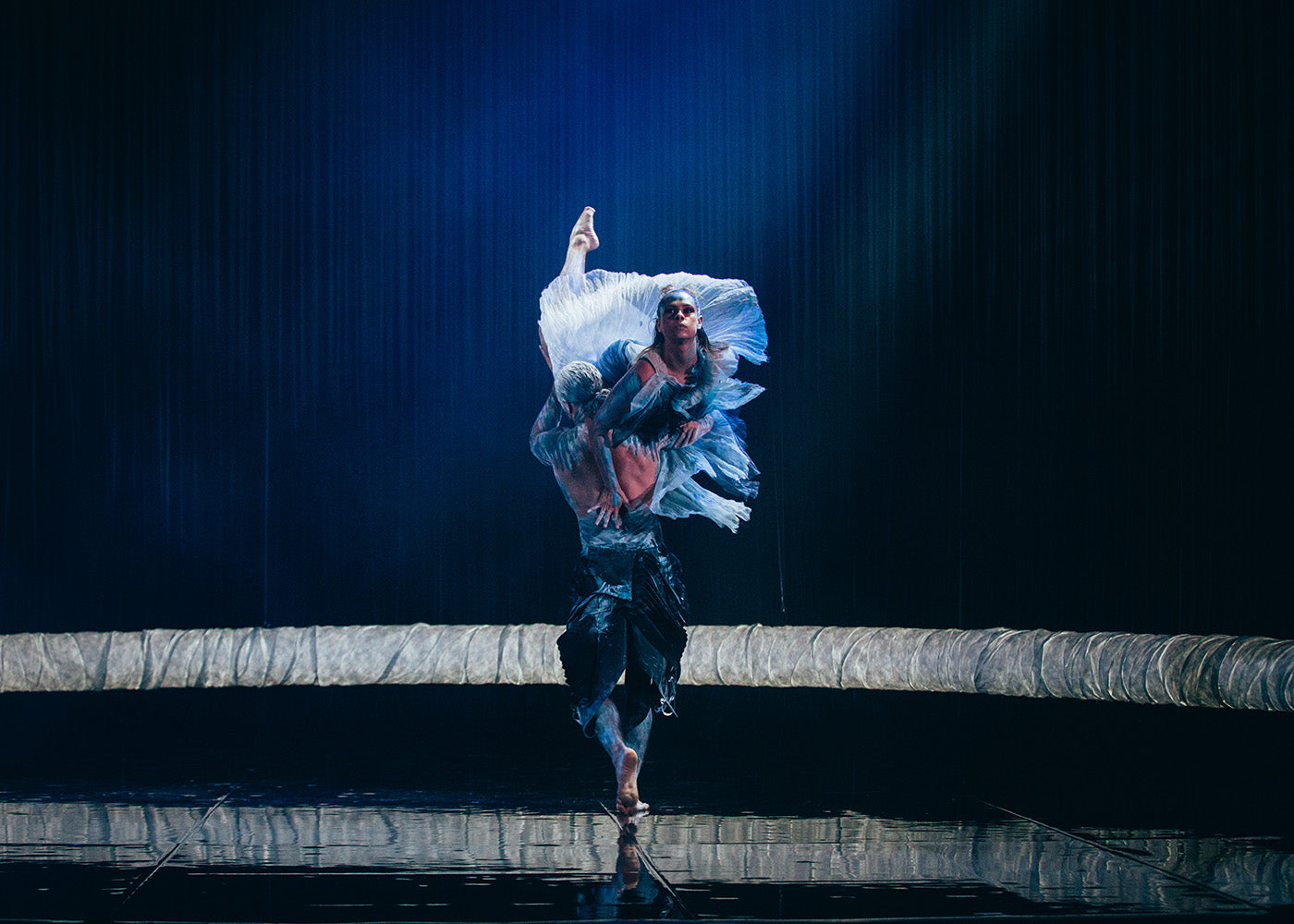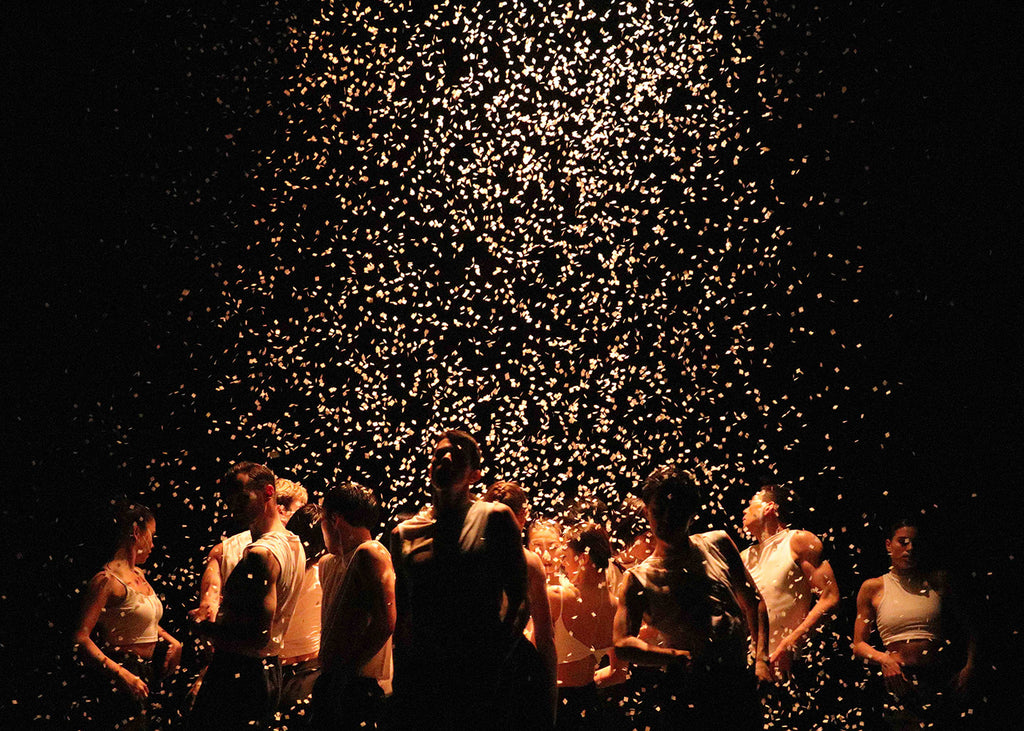Modern Figures
“Racines”—meaning roots—stands as the counterbalance to “Giselle,” the two ballets opening the Paris Opera Ballet’s season this year.
Continue Reading
World-class review of ballet and dance.
Folded forward at the waist, knees pressed together, but with her feet apart, Rachel Coulson assumes bird-like form. With her legs held as if bound at the knees, she travels backwards. Arms extended away from her torso giving the impression of wings, she rotates her hands as if her feathery tips are taking readings of the environment around her. In the conjuring of shapes, of course a waterbird appears before my eyes. This is part two of DanceX, presented by the Australian Ballet, where Stephanie Lake Company’s “Auto Cannibal,” replete with Coulson’s bird-like solo, shares the stage with West Australian Ballet’s “Extension to Boom,” Tim Harbour’s “The Delivery,” and Bangarra Dance Theatre’s excerpt from “Yuldea.”
Performance
Place
Words



“Uncommonly intelligent, substantial coverage.”
Your weekly source for world-class dance reviews, interviews, articles, and more.
Already a paid subscriber? Login

“Racines”—meaning roots—stands as the counterbalance to “Giselle,” the two ballets opening the Paris Opera Ballet’s season this year.
Continue Reading“Giselle” is a ballet cut in two: day and night, the earth of peasants and vine workers set against the pale netherworld of the Wilis, spirits of young women betrayed in love. Between these two realms opens a tragic dramatic fracture—the spectacular and disheartening death of Giselle.
Continue ReadingMichele Wiles’ Park City home is nestled in the back of a wooded neighborhood, hidden from the road by pines and deciduous trees that are currently in the midst of their autumn transformations.
Continue ReadingI joined choreographer and artistic director Cathy Marston over a video call at the end of another day of rehearsals.
Continue Reading
comments